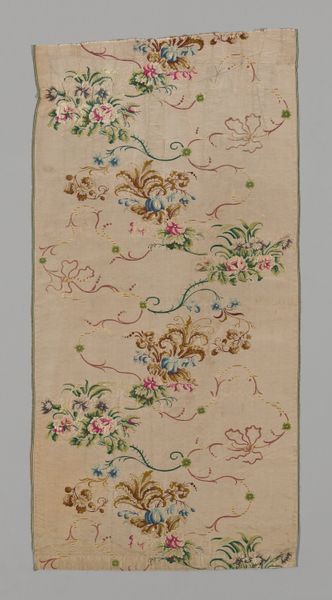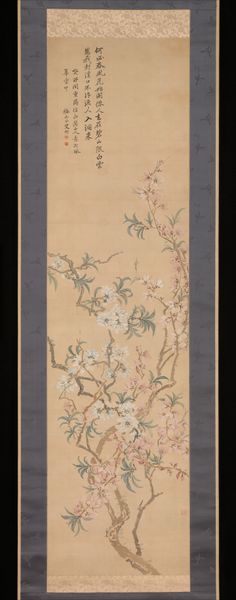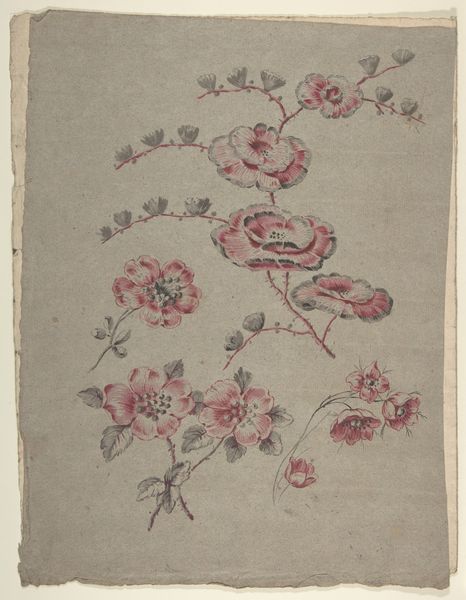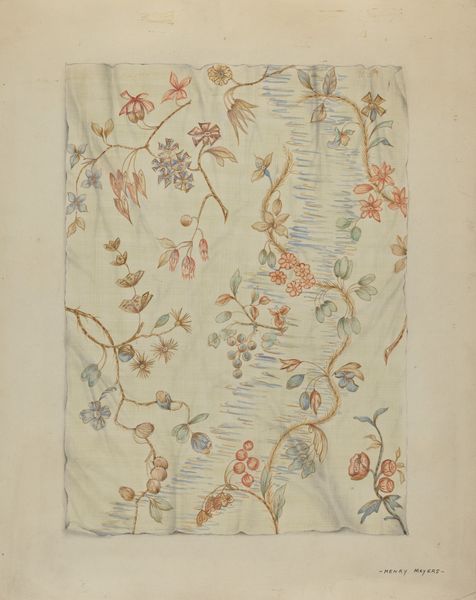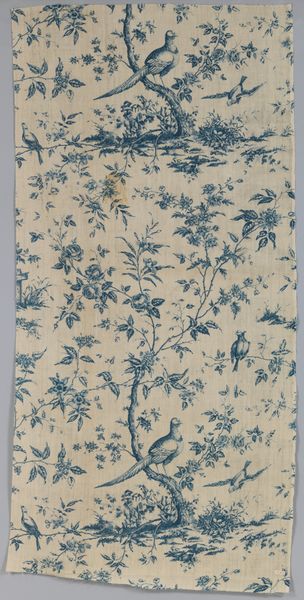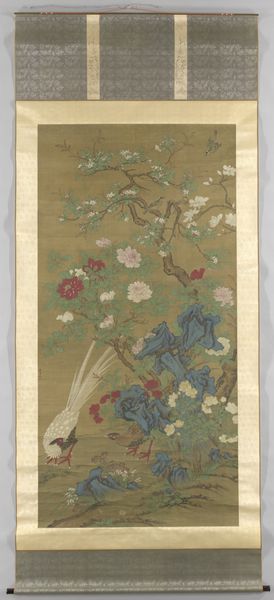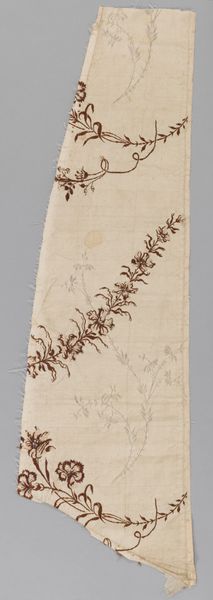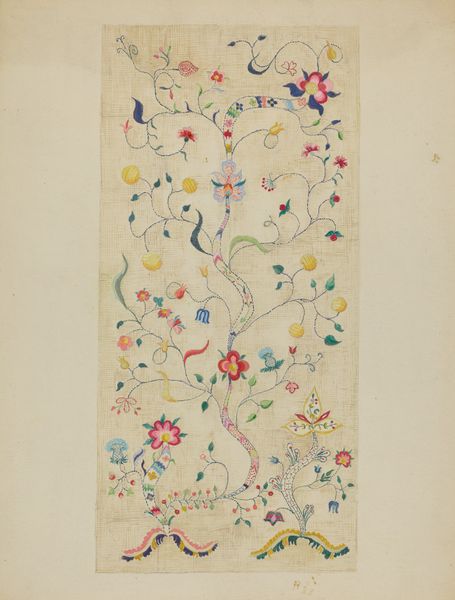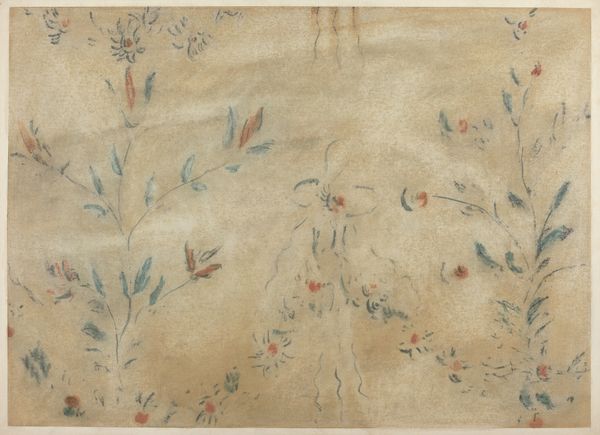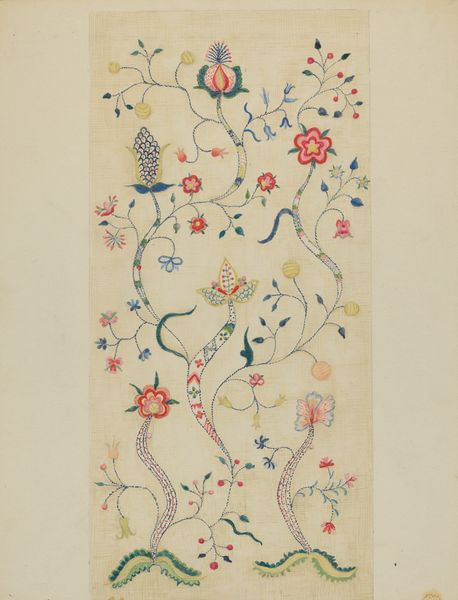
silk, weaving, textile
#
silk
#
weaving
#
textile
#
fashion and textile design
#
textile design
#
decorative-art
#
rococo
Dimensions: 111.8 × 52.5 cm (44 × 20 5/8 in.) Warp repeat: 92.3 cm (36 3/8 in.)
Copyright: Public Domain
Editor: This is a woven silk panel from a skirt, created around 1741-1742 by Anna Maria Garthwaite. It's currently held at the Art Institute of Chicago. The floral design is just so delicate, almost whimsical. How do you interpret the symbolism of these floral motifs, and what do they tell us about the cultural context of the time? Curator: It's fascinating how these floral patterns encode cultural aspirations! Notice how the naturalistic depiction of flowers isn't merely decorative. During the Rococo period, these carefully chosen flowers held symbolic meanings related to status, wealth, and cultivated taste. Editor: So, these weren't just pretty designs? Curator: Exactly! Consider the individual flowers – the types, colors, and even their arrangement all carry intentional weight. Flowers often represent femininity, beauty, and fleeting moments of joy, values celebrated by the elite of the 18th century. They evoke idealized Arcadian landscapes as well, connecting the wearer to notions of paradise and leisure. Editor: That's interesting! Were the wearers conscious of all these meanings, or were they absorbed more unconsciously? Curator: Both, I believe. Consciously displaying their wealth and status, while also participating in the cultural narratives woven into everyday life. This is a cultural language. Think about it: wearing such a skirt wasn’t merely covering the body but performing a role within society. Editor: It makes you wonder what modern clothing communicates about us, even without realizing it! Thanks for shedding some light on this. Curator: My pleasure. And it underscores how the images surrounding us create memories and connections between generations. The study of symbols helps us decipher those hidden stories.
Comments
No comments
Be the first to comment and join the conversation on the ultimate creative platform.

